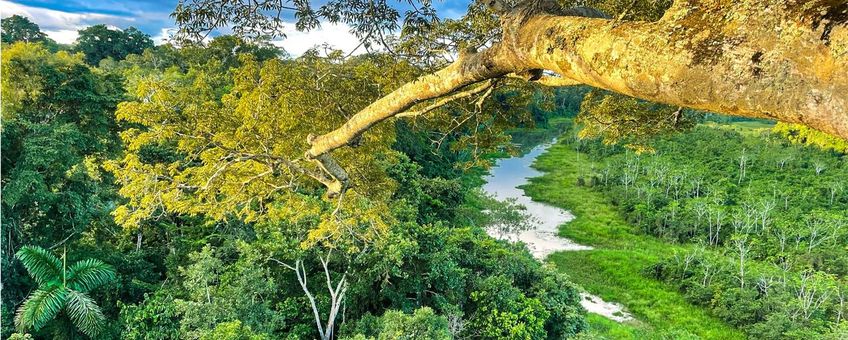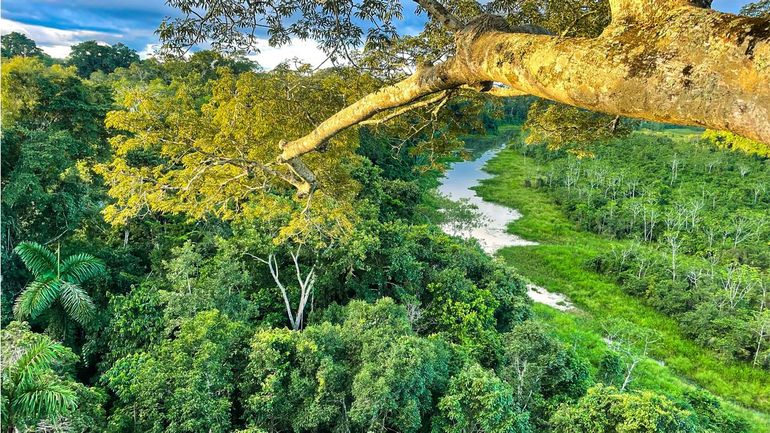
Consequence of past fires and drought in the Amazon: resilient species
Institute for Biodiversity and Ecosystem Dynamics (IBED)This is the message of a new perspective paper in the scientific journal People and Nature by University of Amsterdam researchers Crystal McMichael and William Gosling.
Apart from gradients in climate, soil and soil moisture, and habitat heterogeneity on regional scales, forest resilience is also likely shaped by ecological legacies on local scales. Since a sharp increase of human populations in the Amazon, about 6000 years ago, the tropical forests have experienced fire, cultivation, or plant enrichment or depletion. In certain cases, this may have caused a local shift towards plant species possessing traits that make them more resilient to forest fires and drought. Such resilient forests have a high rate of return of ecosystem functions following disturbance nowadays.
Tree life spans of several hundred years
With their new concept, the authors of the paper are addressing the urgent issue of human impact on deforestation in Amazonia. “We can’t stop drought and forest fires. Due to climate change, they are only increasing”, says Crystal McMichael, associate professor in the field of palaeoecology and landscape ecology at the at the Institute of Biodiversity and Ecosystem Dynamics (IBED) of the University of Amsterdam. “We therefore want to build a new way to assess resilience.”
Although studying biodiversity loss usually means comparing species composition over the past few decades, the research concept is aiming on finding long-term changes in species composition. William Gosling, professor of palaeoecology and biogeography at IBED, explains why. “A single tree in Amazonia has a life span of several hundred years. Ecosystems are even thousands of years old. We need to have a much better understanding of time scales to be able to study ecosystem development.”

Prioritize areas that can be saved
In order to achieve this goal, McMichael and Gosling, who cooperated with scientists from the Florida Institute of Technology and the University of Valencia, propose to use remote sensing techniques. McMichael: “With the use of, for example, satellite images, you can look at the pixel change pre- and post-drought and model those. Human-induced shifts in species composition and functional traits during the past, even up to 500 years ago, may have increased nowaday’s forest resilience. We therefore expect more resilience in areas that were changed by humans during the past hundreds of years.”
Those are the areas that, McMichael and Gosling suggest, should get specific attention in forest conservation. Gosling: “The results that we expect from our assessment, will allow governments to prioritize areas that can be saved.”
Text: IBED
Photos: Mark Bush
